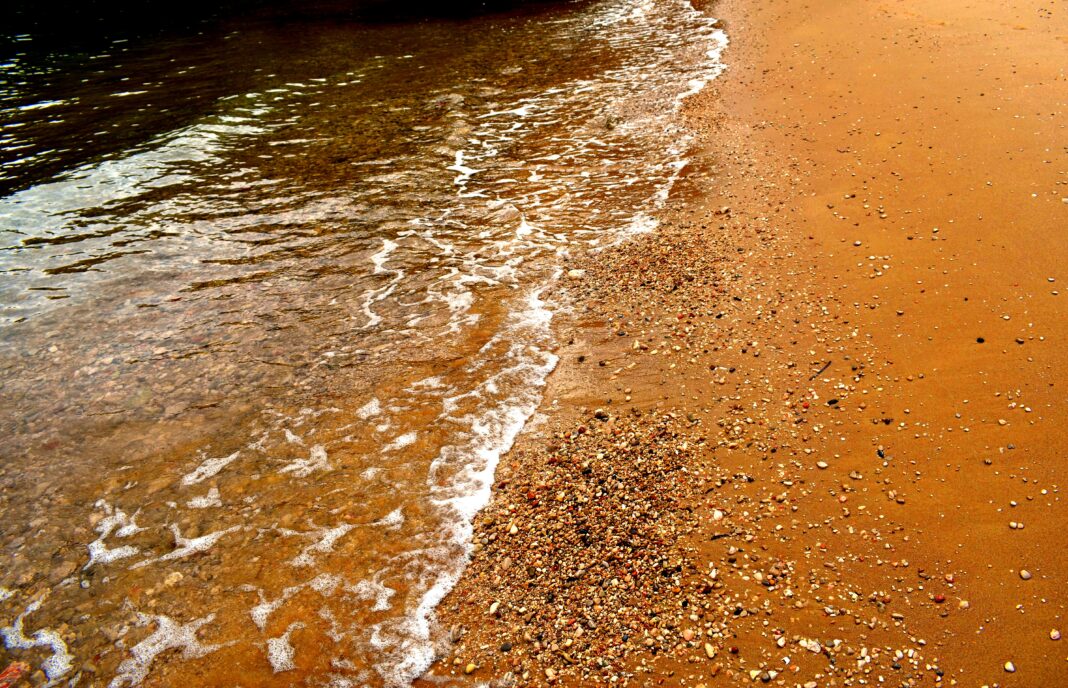The Bay Area is experiencing a harmful red tide, which peaked in August, yet still lingers in September.
The tell-tale signs are tea-colored water, foul odors and dead fish. Check, check and check.
A phytoplankton, named Heterosigma akashiwo, is the culprit behind this phenomenon. Heterosigma akashiwo is usually found as a cyst set into the bay’s sediment. Under certain conditions, the cyst becomes a mobile organism and blooms. Often called algal blooms, they release toxins and cause the discoloration of the water.
The continued proliferation of the bloom is dependent upon warm water, around 59-68 degrees Fahrenheit, a lot of sunlight, clear skies and lack of wind, according to Aundi Mevoli, a field investigator and policy advocate at San Francisco Baykeeper, a nonprofit dedicated to the health of the bay and its tributaries.
“The bay is rich with nutrients,” Mevoli said. “If you put fertilizer on plants, it helps them grow.”
Some nutrients are flushed into the water from the 40 sewage treatment plants in the Bay Area. Although most of the solid material is filtered out, the effluent released into the bay contains nitrogen and phosphorus, two of the three primary nutrients used in commercial fertilizer.
Still, Mevoli says it’s not yet conclusive whether the sewage treatment effluent is directly correlated with red tides. The nutrients can’t be filtered out until the infrastructure is updated, which will cost billions of dollars. The sewage is a source of great concern to people who work to protect the bay.
“We don’t want this to be the new normal,” Mevoli said.
Red tides, first documented in Japan during the 8th century, sometimes occur naturally. However, scientists say the incidence of red tides is increasing around the world. Extensive research is being conducted, but scientists haven’t definitively determined whether humans are contributing to the frequency of red tides.
The occurrence of red tides has been predicted due to the warming of the water and wastewater, according to Levi Lewis, PhD, a fisheries ecologist at the University of California, Davis.
“Climate change is causing increased water temperature,” Lewis said. “The fertilizers from agriculture and wastewater disrupt and destabilize bodies of water. It’s supercharging the system. These could be the causes of the red tide—or not.”
The current red tide has negatively impacted the bay’s sturgeon population, which is a species of concern, Lewis said. The State of California monitors the white sturgeon because it’s vulnerable to fishing mortality. There are restrictions on how many a person can keep in a year.
Another type of sturgeon found in the bay, the North American green sturgeon, is endangered. No fishing for this type of sturgeon is permitted, as it is under conservation measures.
“We don’t know the percentage of sturgeon we lost,” Lewis said. “There are the dead fish that we’re seeing, but we don’t know how many are dying in murky water. Sturgeon can live for decades and grow very large. Losing a large number is like losing an old growth forest. It’s a tragic and unparalleled loss.”
Both Mevoli and Lewis advise that people and pets stay out of the water during the red tide because it can cause skin rashes and respiratory problems. But what about the people who make their living in the water?
Nathan Rea, a Sausalito resident, is a scuba diver who cleans the growth that accrues underneath boats. With the red tide so prevalent, Rea didn’t get into the water for about a week-and-a-half.
“The red tide makes visibility more difficult,” he said. “We usually get three to four feet of visibility, but it was down to six inches [last month].”
While the bay had red tides in 2002 and 2004, Lewis said the current one is different.
“This is unprecedented in the San Francisco Bay,” he explained. “A lot of the folks studying the system for a long time are devastated to see the loss from this red tide.”












Thank you for this informative article!